Upon discovering the Aztecs (Mexica) in 1519, Hernán Cortés and his army of hardened 553 Spanish conquistadors were both amazed at the beauty and cleanliness of the city. (1) But their amazement soon turned to horror when they witnessed the sight of filthy priests with blood soiled clothes and long twisting hair performing their daily rites which included human sacrifice.
These “Pagans” were said to have blood matted hair that stank of decaying flesh, yet Cortés viewed them as priests and moved on. (2)
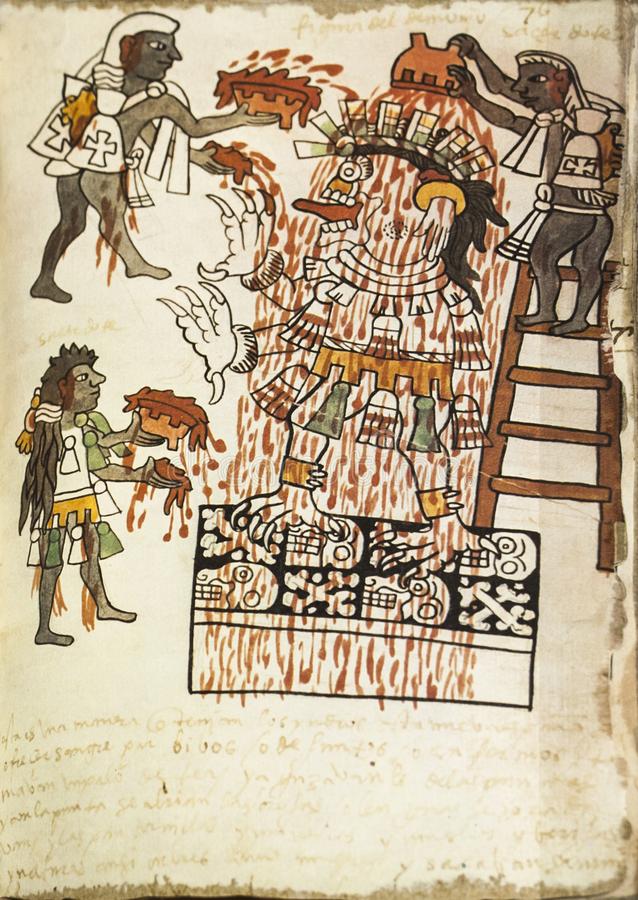
This was what I call the organic scientific duality of magic in which I contend the Aztecs used the demonic fungi of the filaments of the underworld for secret intelligence and dark powers to parasitically conquer their foes and symbiotically govern their people into a Mesoamerican communist superpower ruled by the Deep State.
The first impression the conquistadors expressed was as if they were dreaming when they passed the main causeway entering the city and first witnessed the splendor of the architecture, fountains, sculptures, and artwork of the Aztecs with brightly colored murals and glyphs. They described beautiful lagoons with floating gardens and flowering vines that had interconnected all the townhouses to one another.
What really amazed Cortés and his Spanish chroniclers about the magnificent city that he found that made it even more beautiful than the city of Venice was not all the awesome infrastructure and beauty, it was the cleanliness that impressed him the most. It was reported that no less than a thousand Aztec workers were employed each day to keep the city clean by sweeping and washing the streets around the main plaza and picking up human wastes from the houses daily.
So clean that a historian writing about what he saw said that walking in the streets he was “in no more danger of soiling his feet than he was of soiling his hands.”(3)
In modern terms, we can say that the ancient government of the Aztecs make California Senator, Nancy Pelosi and the current Governor of San Francisco, look like uneducated medieval heathens with the dirty homeless population and the feces problem they have their now. (4)
This thought of the filth of modernity brings me to the horror part of what Cortés and the Spanish conquistadors had discovered once they got beyond the main beauty they witnessed in the city and that was the filthy customs of the Aztez state religion.
One of the most peculiar rites of the Aztec priests was the custom of remaining unwashed with long blood-matted hair and wore soiled garments with dirt and the blood of their sacrificial victims. (5)
Like the Aztec’s religious and military beliefs, they believed that nature and the cosmos were in a perpetual state of war. In the duality of ancient Aztec cosmology, the earth was dark, cold, and wet, and ruled by water that was connected to the under and the unseen world which was violent with opposing forces of light and dark and day and night going to battle.
With their very society at constant jeopardy by these forces, the Aztec priesthood had sought to the favor of the underworld Gods through religion, ritual, black magic, and most of all, human sacrifice.
The underworld was the kingdoms of the earth, who they considered as the mother of us all. An invisible system of dark rites that put them in touch with the evil forces of nature and the underworld that they believed gave them the ability to commune with and gain protection from these invisible invaders through the extensive magical rituals they had employed.
To the Aztec priests, one of the main methods they used was their unwashed clothes and hair which was an ancient sacred rite that they believed put them in contact with the underworld and a special God who from they derived power and fortune. The soil and blood-soaked decaying garments lying against their skin had literally put them in touch with an earth deity they had called ‘Tlaltecuhtli’, meaning “earth monster.” (6)
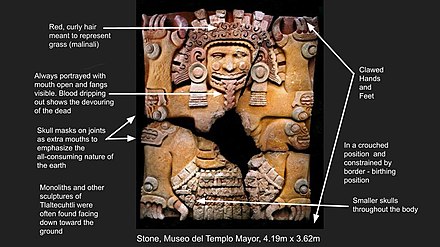
Tlaltecuhtli is often depicted in the art they left behind showing his tangled and wild flowing hair that looked like a mass of entangled serpents forming the skirt of the earth goddess Coatlicue. The most ‘popular’ image of these priests is from the Codex Tudela, folio 76 which shows the men practicing the daily ritual of human sacrifice showing their unwashed bodies and vestments, and whose hair remained long, tangled and filthy.
As it relates to my ongoing research, former professor of Pre-Columbian art history at UCLA, Cecelia F. Klein had said the priests who regularly took part in human sacrifice, and at least one of them, the chief sacrificer, can be seen wearing a wig of malinalli representing what she says;
“Both the twisted cords and the tangled hair may have symbolized the disordered filaments of the underworld.”
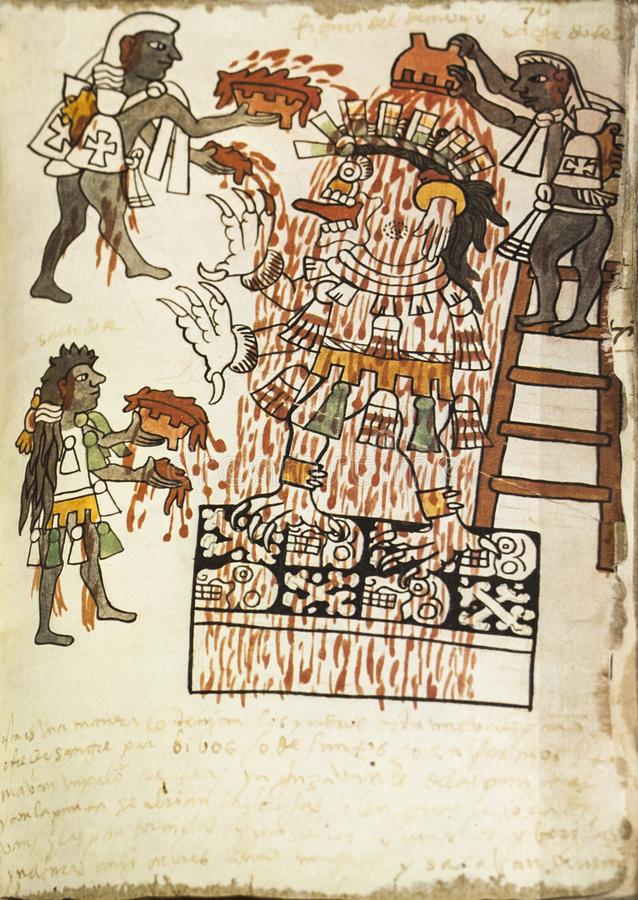
The religion of Tlaltecuhtli was symbolic of the ancient secrets of birth and death, fertility, vegetation, growth, and most of all, the forces of evil used for war and to conquer. Tlaltecuhtli hair, skirt, tongue, dismembered body, and terrible nature were the basis of the Aztec creation story of what they called the “fifth and final cosmos.”
Klein believes that Tlaltecuhtli’s hair is made of what is called malinalli, which is twisted in its natural state, from the Náhuatl root malina, to twist. Klein has suggested that Mesoamericans believed that the underworld was formed from a mass of knotted, chaotic, and tangled fibers.
Klien said, “the belief that the underworld is composed of a wad of entangled strands may help explain the association of tangled hair and cords with priests… engaged in rituals of death and/or fertility.’
The twisted fibers were also representative of the visible world or the earth’s surface, however, these fibers were more ordered and intelligently braided which Klein claims “provided the chief support for the ancient weaver’s backstrap loom, and thus marked the implicit center of the woven cosmos.”
This statement brings me to the Aztec custom of using twisted grass called malinalli, cords, and vines to literally bound together all their city’s structures such as the roofs of the houses as if they were magically weaving all their people into one communist superpower. I would assume this grass was dead and decaying teaming with fungi but minus the organisms of the blood of their dead foes which I speculate would create a more synergistic and symbiotic effect amongst the Aztec population.
THE DEVIL WEARS A SKIRT
Another interesting deity in the Aztec pantheon is Tzitzimitl along with his companions, the Tzitzimime.
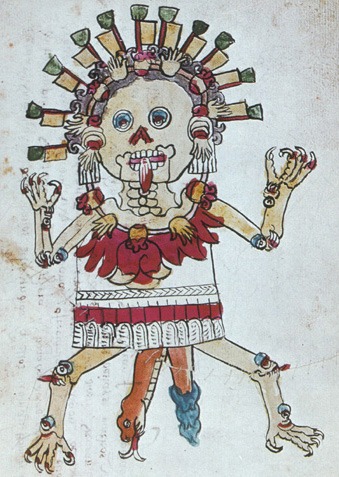
Klien says that anonymous Spanish commentary to the Codex Magliabechiano image identifies the figure on folio 76 as a Zizimitl [Tzitzimitl], one of a group of supernaturals collectively known to the Aztec inhabitants of Central Mexico as the Tzitzimime. In the decades following the 1521 Spanish conquest of Mexico, the Tzitzimime were almost always described as “fearsome creatures of darkness” who might descend to earth at certain critical moments to “eat people.”
Klein notes that Spanish missionaries who documented their religion equated Tzitzimime with the Devil and even with women who have no flesh and eat people. She noted that Sahagún, in a 1540s sermon delivered to his flock of converts, refers to Satan as “the Tzitzimitl.” (Louise Burkhart 1989)
In the rites and rituals of Tlaltecuhtli, her body was transformed into the geographical features, the Mexica attributed strange sounds from the earth as either the screams of Tlaltecuhtli in her dismembered agony, or her calls for human blood to feed her. As a source of life, it was thought necessary to appease Tlaltecuhtli with blood sacrifices, especially human hearts. The Aztecs believed that Tlatlecuhtli’s insatiable appetite had to be satisfied or the goddess would cease her nourishment of the earth and crops would fail
The earliest manuscripts from Spanish authors, Historia de los mexicanos por sus pinturas (GarcíaIcazbalceta 1891: 256), based on native testimony collected in the 1530s,states that “In the second (heaven) they [the Aztecs] say there are certain women who have no flesh whatever, but are all bones, named Tezauhzigua, and otherwise called Zizimine; and…these are placed thereso that when the world comes to [an] end, their duty will be to eat up all the men”.
I find it interesting that they would keep their hair long and dirty and wear these filthy garments but it makes sense if we theorize using modern science that they were using this filth really for the organisms contained within it as a tool for extrasensory communication in which their dirty hair and clothes would act as a supernatural antenna absorbing, connecting, and communicating via dermal absorption and horizontal gene transfer with these same said organisms.
Thus creating a type of super black magic priest who absorbs the blood, organisms and subsequently, the thoughts of his foes which are his enemy victims. What appears to be an ancient method of organically gathering, absorbing, molding, and evolving intelligence.
SOURCES:
1. Katherine Ashenbug, Clean: An Unsanitised History, Profile Books, 2008
2. THE SIEGE OF TENOCHTITLAN: AZTEC CULTURE BEFORE AND AFTER THE CONQUEST – By Alexandra McKenna and Dr. Kautt
3. History of the Conquest of Mexico By William Hickling Prescott – 1843
4. Mapping San Francisco’s Human Waste Challenge – 132,562 Cases Reported In The Public Way Since 2008 – Forbes
5. Cortés and the Downfall of the Aztec Empire By Jon Ewbank Manchip White
6. The Great works of UCLA Professor Cecelia F. Klein:
* “Woven Heaven, Tangled Earth: A Weaver’s Paradigm of the Mesoamerican Cosmos.” In Ethnoastronomy and Archaeoastronomy in the American Tropics, ed. Anthony F. Aveni and Gary Urton. Annals of the New York Academy of Sciences 385 (1982): 1-35.
Other Sources and Images:
* Images from the Codex Tudela (original in the Museo de América, Madrid), scanned from our copy of the Testimonio Compañía Editorial facsimile edition, Madrid, 2002
* The Badianus Manuscript (Codex Barberini, Latin 241) (original in Vatican Library)

Moe is the founder of GnosticWarrior.com. He is a father, husband, author, martial arts black belt, and an expert in Gnosticism, the occult, and esotericism.

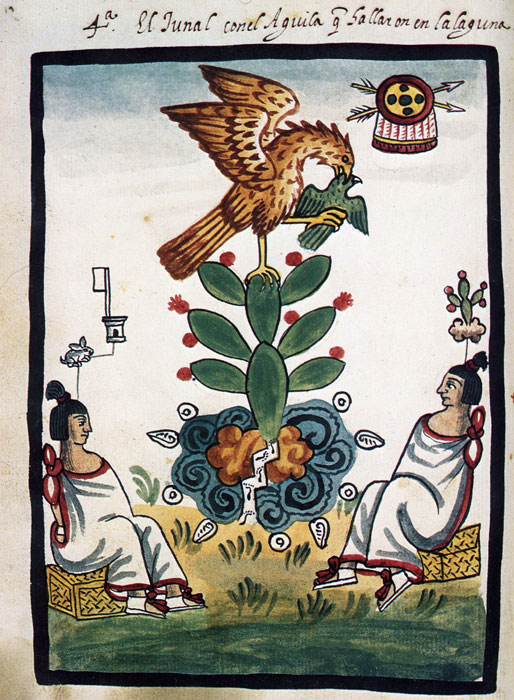


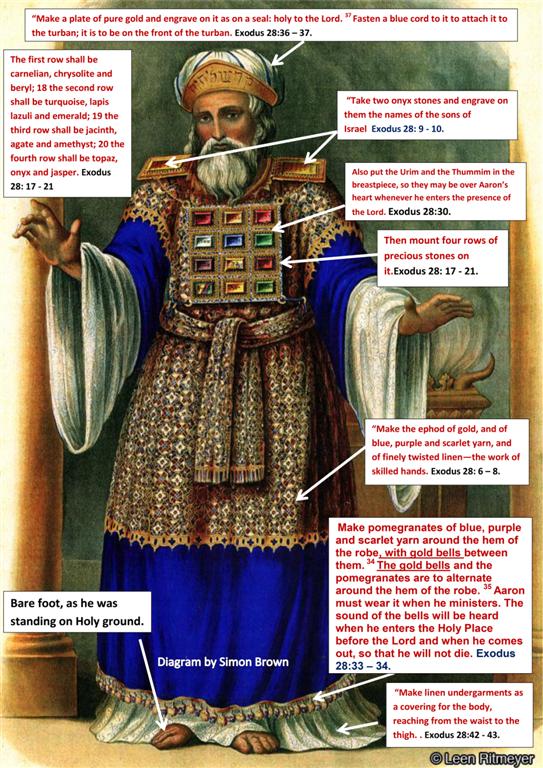
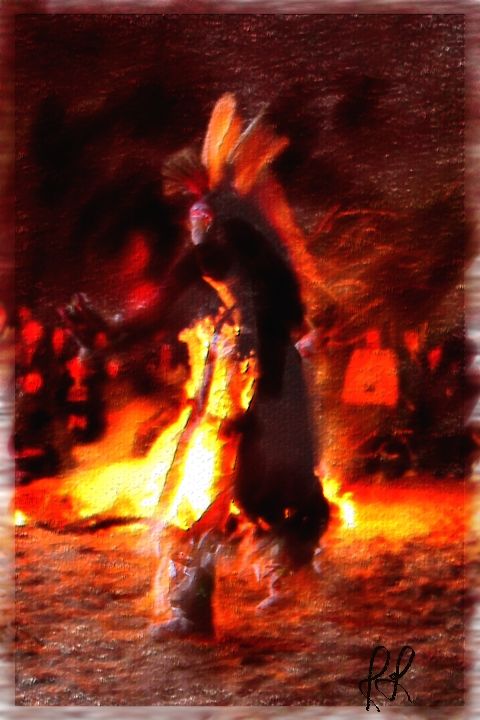
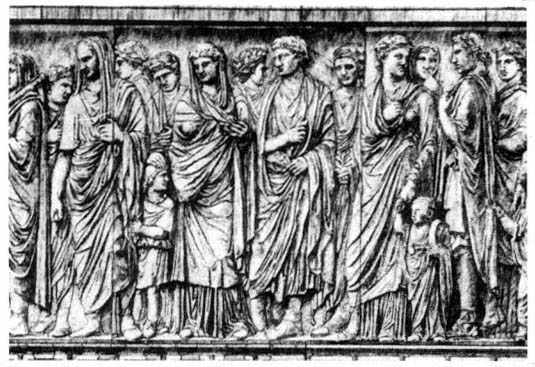
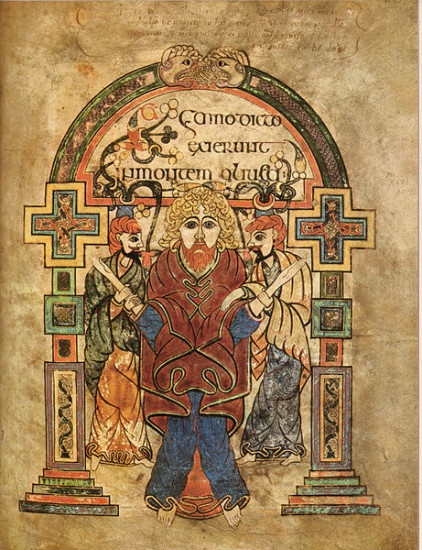
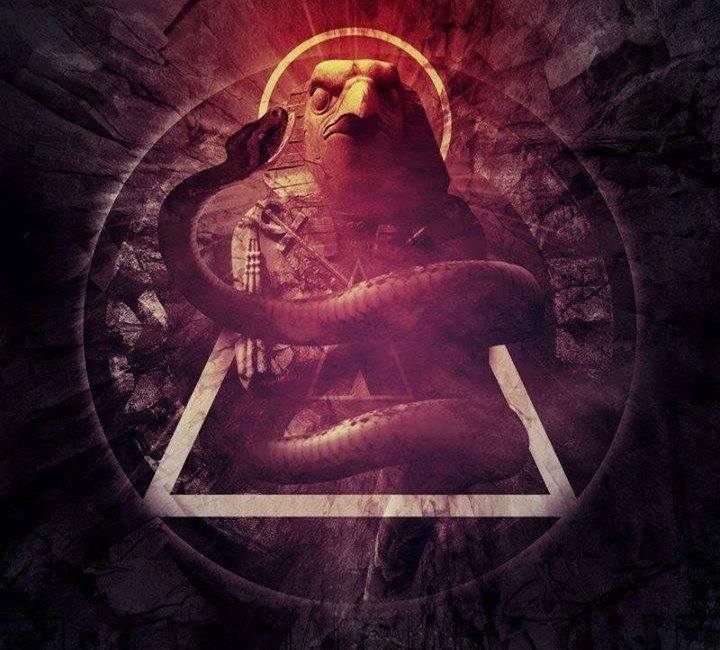
I think I’m gonna go take a shower.
Awesome post. That’s quite the insight!
Stay AWESOME Moe! Thanks for all that you do for the Gnostic community and beyond. You’re one of my favorite teachers … Love and much respect!